Philodendrons are plants that are native to the tropical climate and can adapt to low levels of light. The foliage of philodendron is usually green, red, or white and the fruit of these plants are generally white to little orange.
These are very popular potted plants for offices and houses because of their easy adaptability and low maintenance.
Can a philodendron grow in low light?
Philodendrons are well known because of their ability to adapt and grow in low-light environments. Philodendron requires bright, indirect light to flourish, however, they can adapt to low light. These plants do well indoors and some even thrive in low-light surroundings.
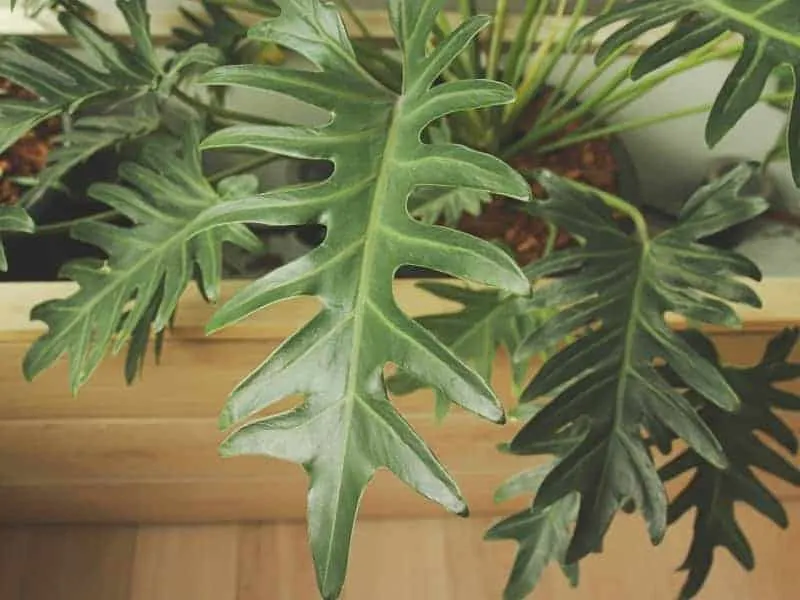
Is philodendron a low-light plant?
Yes, philodendrons fall under the category of low-light plants. Philodendron thrives and flourishes in bright, indirect light. This means that they are low-light plants
Plants that thrive and prefer to stay a few feet away from the light source and like indirect sunlight are called low light plants. Philodendrons are plants that need bright yet indirect light, because of this they are considered low-light plants.
Philodendrons are plants that are very versatile; this means that their ability to adapt is very good. These plants do not require a lot of light to survive and grow.
Low light philodendron varieties:
- Philodendron scandens/ Heartleaf
- Philodendron brasil
- Philodendron xanadu
- Philodendron micans/velvet leaf
- Philodendron Cordatum
- Philodendron moonlight
- Philodendron Brandi
- Philodendron Prince of orange
- Philodendron Plowmanii
- Philodendron Erubescens
- Philodendron Domesticum
How much light does a philodendron need?
Although these plants can adapt to and survive in low lighting, they thrive in indirect bright light. They need to be kept in a pot outside where they get sufficient light; but not direct sunlight.
Exposure to direct sunlight can cause the leaves to turn yellow, this means that any area where the philodendron does not get direct sunlight from would be a good spot.
Philodendron Moonlight:
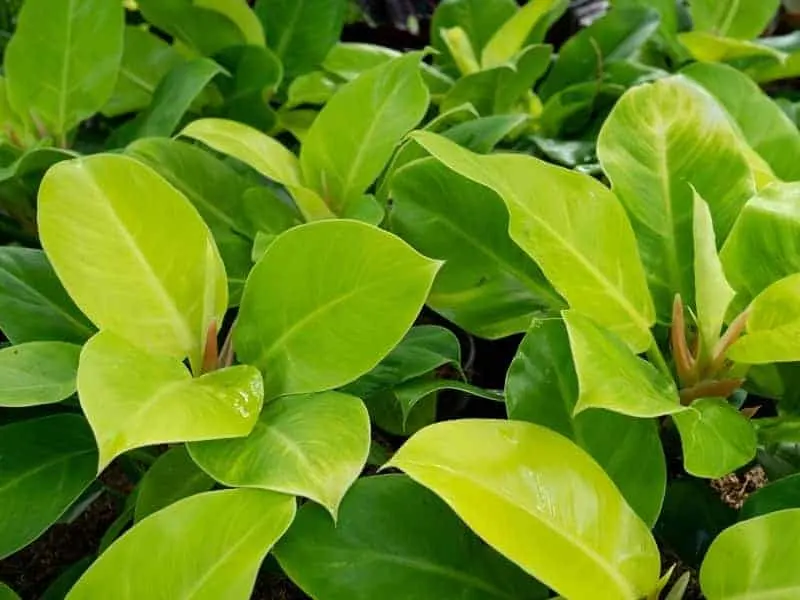
This is a unique philodendron because even though it is a hybrid, it can thrive in shade. They do not do well in cold weather. The required temperature range for moonlight philodendron is about 65ºF-78ºF.
Philodendron micans:

This philodendron has the scientific name philodendron hederaceum hederaceum. This philodendron can survive in low light but does not thrive in it.
The best lighting for Philodendron micans is medium indirect lighting. The leaves grow from glossy green with pink edges into iridescent deep purple red color.
Philodendron scandens:
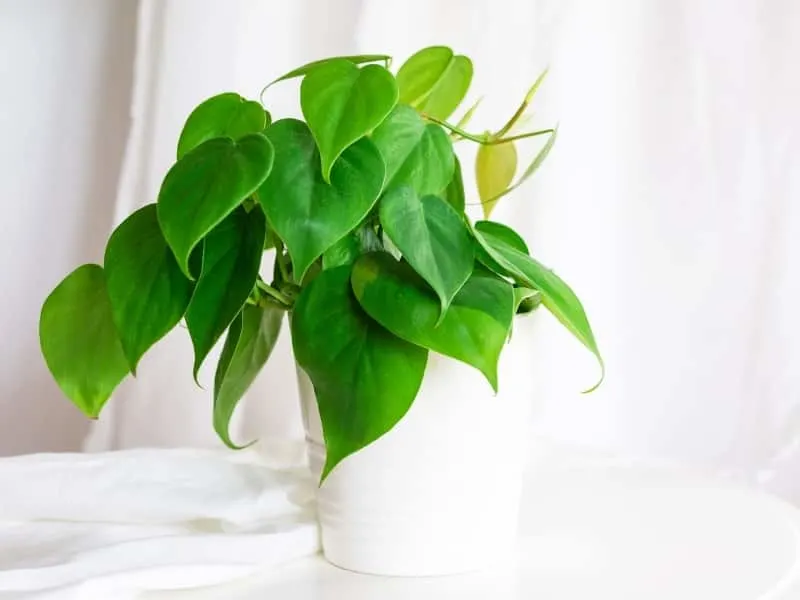
More commonly known as the Heartleaf philodendron is a very common house plant because it can survive and grow in low light. However, they require a bit of assistance to grow; these plants require “pinching”. This is a technique where you have to pinch any bare stems near the nodes to stimulate them.
Philodendron cordatum:

This is also known as Philodendron hederaceum is an epiphyte and can adjust to a variety of lighting conditions.
It can live in vases for months! This philodendron can grow in shade or low light; the growth might be a little slower but it will still be healthy.
Philodendron brasil:
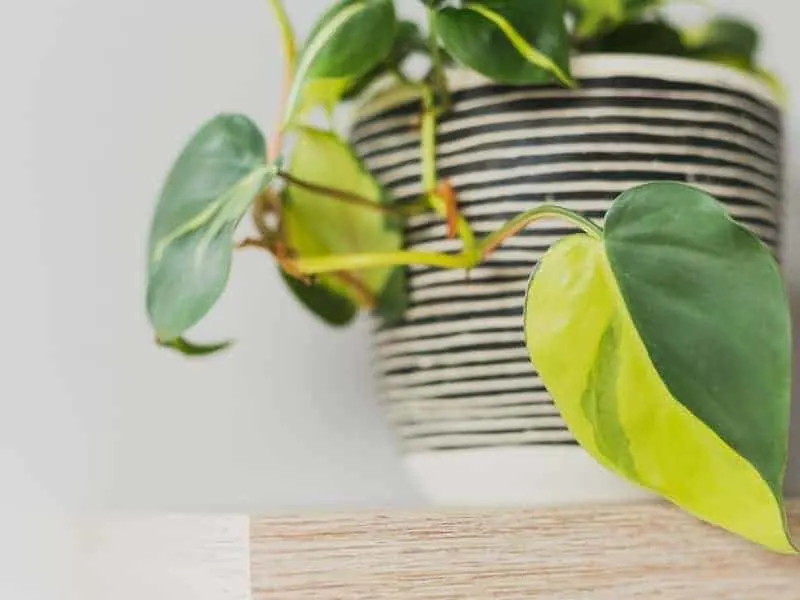
This philodendron can grow in low lights and require occasional misting.
However, they will require medium or bright indirect light to grow faster; variegation will require higher amounts of light for it to be pronounced.
Philodendron xanadu:
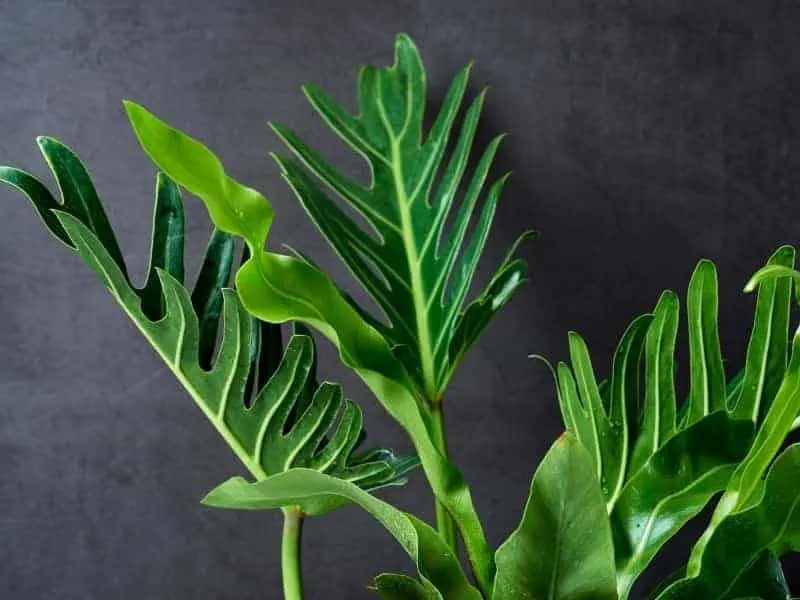
Although this philodendron is commonly known as Winterborne, they flourish indoors and in warm surroundings. They grow best in medium lighting but can adapt to low lights.
Philodendron Brandi:

Just like most philodendrons, philodendron brandi also loves bright and indirect light. However, this philodendron will survive in low light.
Philodendron Prince of orange:
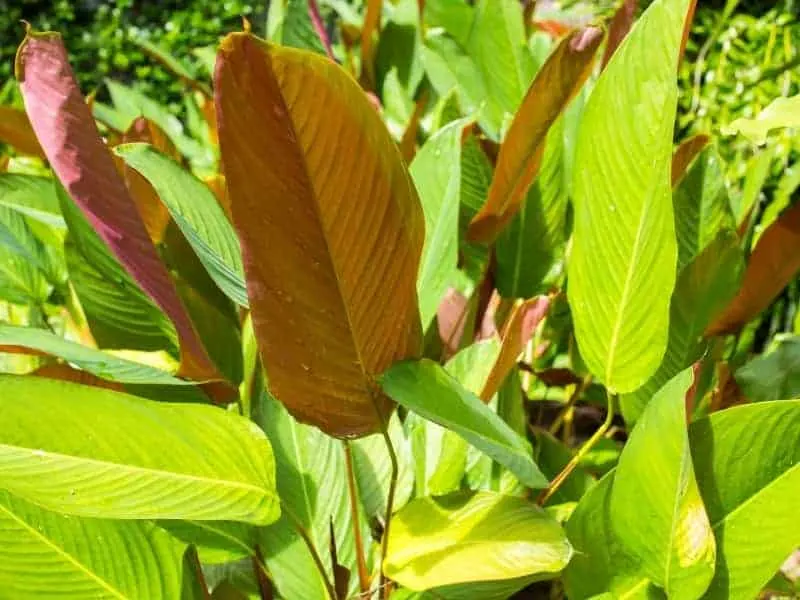
Philodendron Prince of Orange can survive in low light. But they will produce more leaves and flourish if they are kept in bright indirect light.
Philodendron Shangri La:
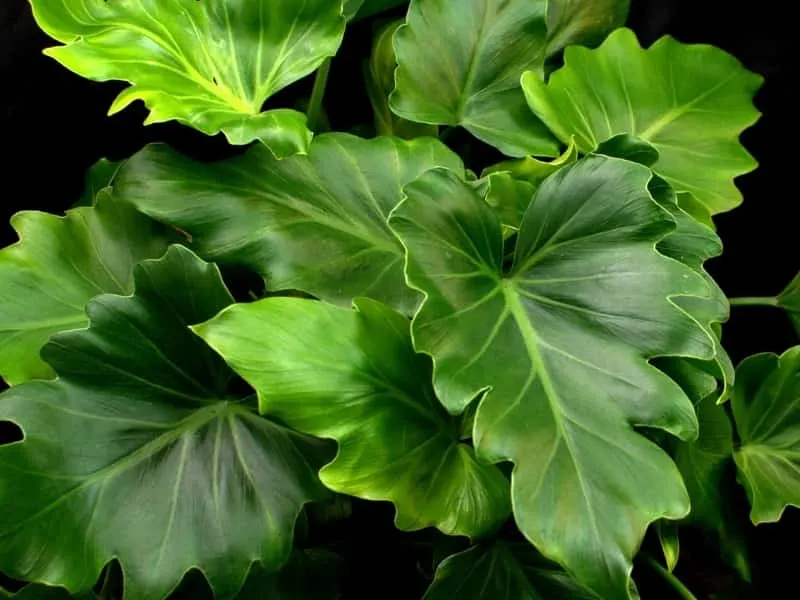
This philodendron can survive in low light. But the cons is that the leaves will turn a darker shade of green in the low light.
Conversely, the direct sunlight will cause the leaves to fall off. They also require occasional misting and prefer at least 55ºF temperature.
Philodendron Plowmanii:
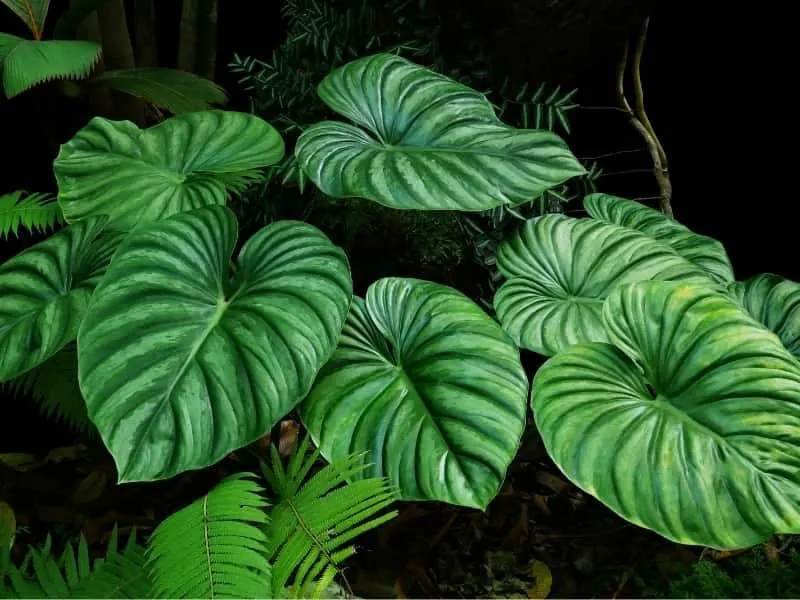
This philodendron can easily grow in low light conditions. They will survive almost any kind of lighting environment as long as they don’t get direct sunlight.
Philodendron Erubescens:
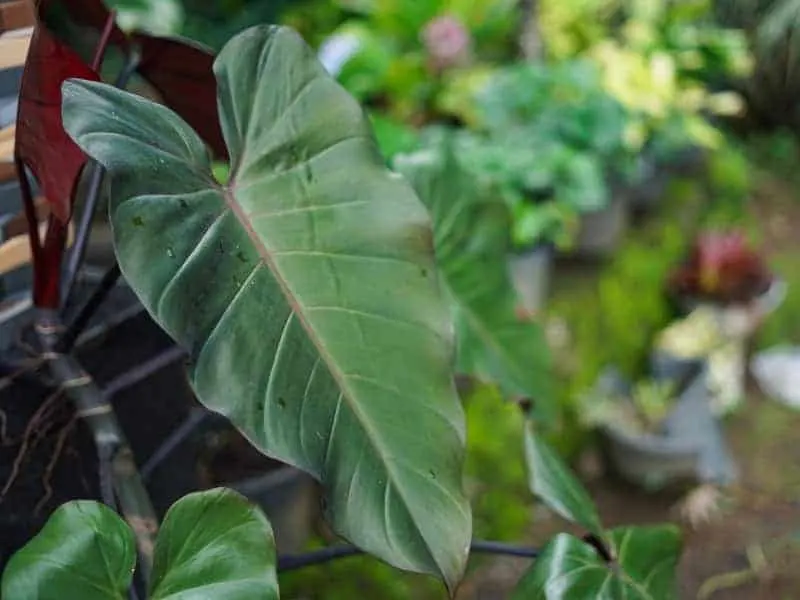
This philodendron is a shade loving plant and will do good in low light. As philodendrons do not light direct sunlight, any area with an east facing window that has morning light can be a good spot for them.
Philodendron Domesticum:
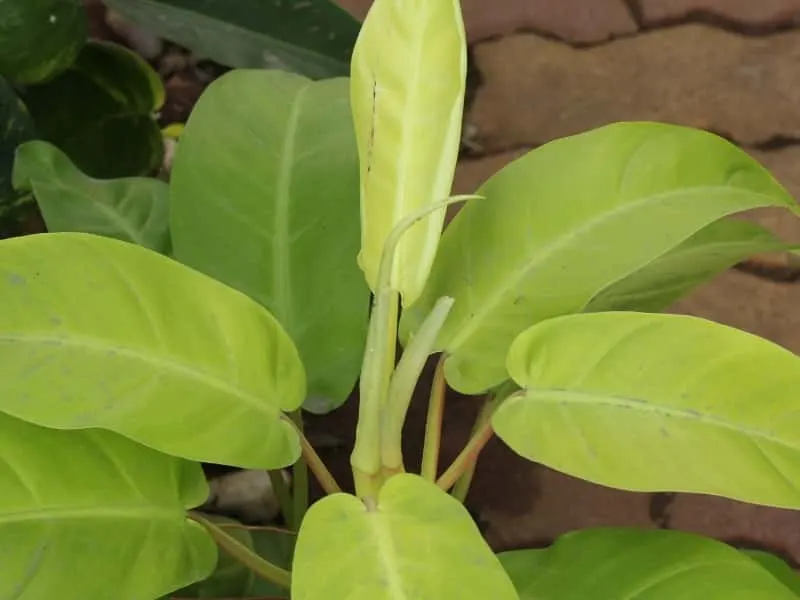
More commonly known as the spade leaf philodendron are perfect house plants because of their adaptability. This Philodendron does best in medium lighting conditions but they will grow up healthy in low light as well.
Do Philodendrons need a lot of light?
Philodendrons are versatile plants which do not need a lot of light to grow, one of the reasons being that they do not like to be in direct contact with sunlight.
The best lighting for philodendron is indirect bright or medium lighting. This is because; their leaves lose color and turn yellow when exposed to direct sunlight.
However, the light requirements of philodendrons depend on the color of the plants’ leaves. Philodendrons that have solid green leaves can need less light and cannot tolerate direct sunlight.
On the other hand, philodendrons without green leaves can tolerate more light and should be placed in an area with bright, indirect light. This is because plants that have less green in their leaves lack chlorophyll. As a result, they require more light to survive and grow.
The ideal placement for a philodendron plant indoors would be near a window facing east because sunlight will not be directly falling onto the plant. However, if your window is facing west, which means sunlight will directly come through the window.
In this case, it would be best if your window has curtains or blinds which prevent sunlight from directly hitting the plant. Philodendrons can be placed outdoors as well as indoors as long as they are not directly sitting under sunlight.
Do variegated philodendrons need light?
Yes, variegated philodendrons need light to grow, they require more light than non-variegated. Variegated philodendrons have two-toned leaves; this means that they have less chlorophyll, because of this they require more light to grow.
However, just like any other philodendron the variegated kind also needs to stay away from direct sunlight. This is because the intensity of direct sunlight will harm the plants in many ways. They might face growing stunts or discoloration of leaves.
This is because the level of chlorophyll is different for each philodendron because of the variation of leaf color. Chlorophyll is a green pigment that is found inside plant cells that help trap sunlight which is converted into energy.
Plants that have less chlorophyll usually have fewer green leaves and require more light to produce the required energy to grow.
How many foot-candles for a philodendron?
Philodendrons need at least 50-250 foot candles from the growing area. This is the lowest intensity required by philodendrons.
Plants that need at least medium intensity will require at least 1000 foot candles or 20 watts per square.
The highest and brightest intensity they can hand is 1000-2000 foot candles.
As mentioned earlier, most philodendrons can survive in low light, but it is not the best environment for them to grow.
The intensity of lighting will vary depending on how well your philodendron can adapt to low lights as well as what type of philodendron it is (flowering or climbing).
Can a philodendron grow in the shade?
Philodendrons can survive in shade; however, they will grow very slowly if there is no light at all. Areas that have natural and bright light are ideal for philodendrons.
Most philodendrons can grow in shade, some even can get scorched in direct sunlight; they prefer indirect sunlight. On the other hand, very little light can stunt growth.
In a sense, you can say Philodendrons thrive in shade if it is in an area that has indirect and bright light.
Can a philodendron survive without sunlight?
Yes, philodendrons can survive without sunlight; philodendrons are very sensitive to direct sunlight. They prefer areas that have indirect bright light. This is because if direct sunlight comes into contact with them, the leaves might get burnt or fade out.
Philodendron plants can grow under artificial lighting as well because their ideal lighting requirement is indirect, bright light. As philodendrons are plants that are sensitive to sunlight and require indirect light, artificial lights are a good option.
Since they have the ability to adjust to lower lighting, philodendrons can easily adapt to artificial lighting.
What kind of light do Philodendrons need?
Philodendrons require bright, indirect & medium intensity lighting. The best place to grow philodendrons indoors is near a bright windowsill that is shaded from the sun. An East or West-facing window would be ideal.
Although these plants are originally from tropical environments, they do not thrive in direct sunlight. The ideal lighting for a philodendron is bright, medium indirect light.
This is because high-intensity lighting can cause leaves to fall off and may make the climbing varieties’ vines brittle.
Philodendrons are a crowd favorite among houseplants enthusiasts. Because of their adaptive capability and low maintenance, they have won the hearts of millions.
Philodendrons come in different shapes, sizes as well as colors; there is a wide variety of these plants that will be attractive to everyone.
Frequently Asked Questions:
How Often to Water Philodendrons?
How to Make Philodendron Fuller?
Rare Philodendron Species (Why is Philodendron so Rare?)
Why are Philodendron Leaves Curling?
